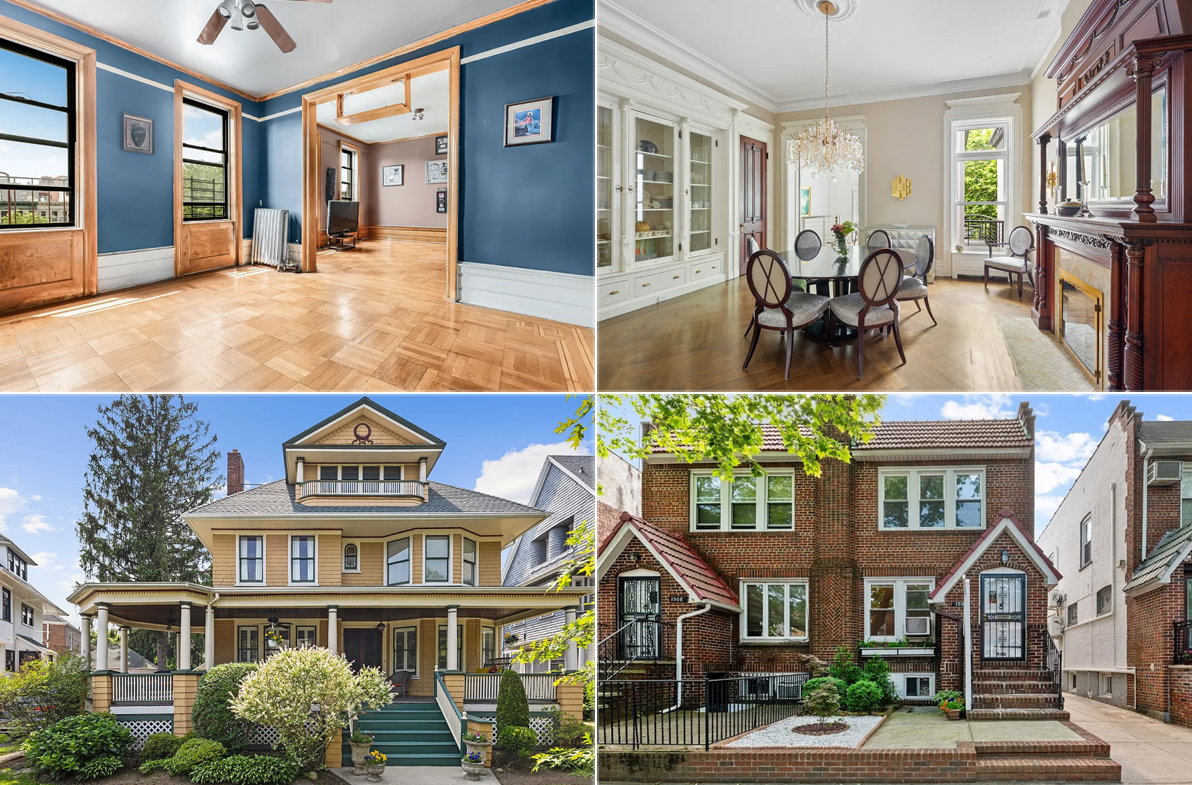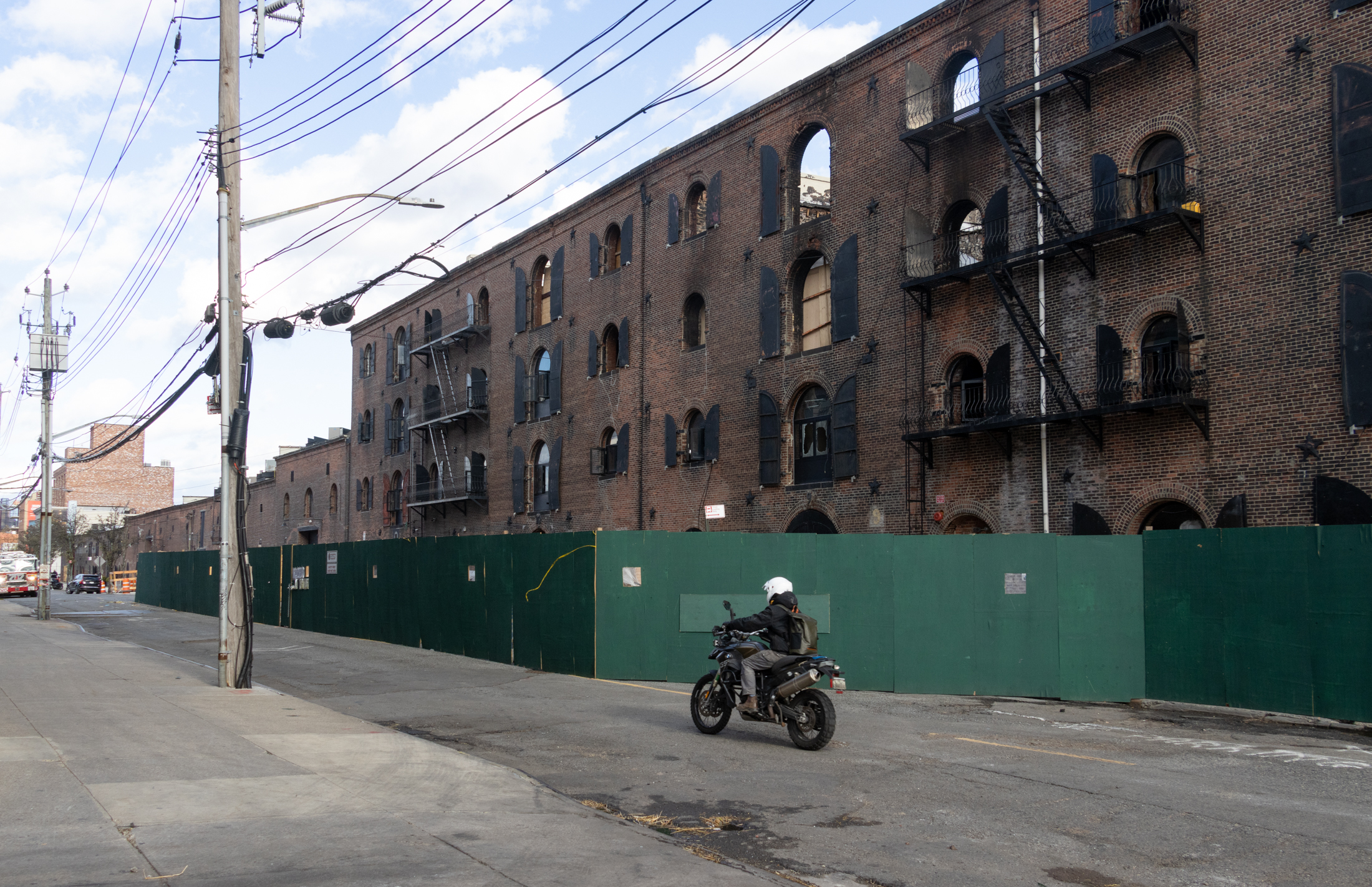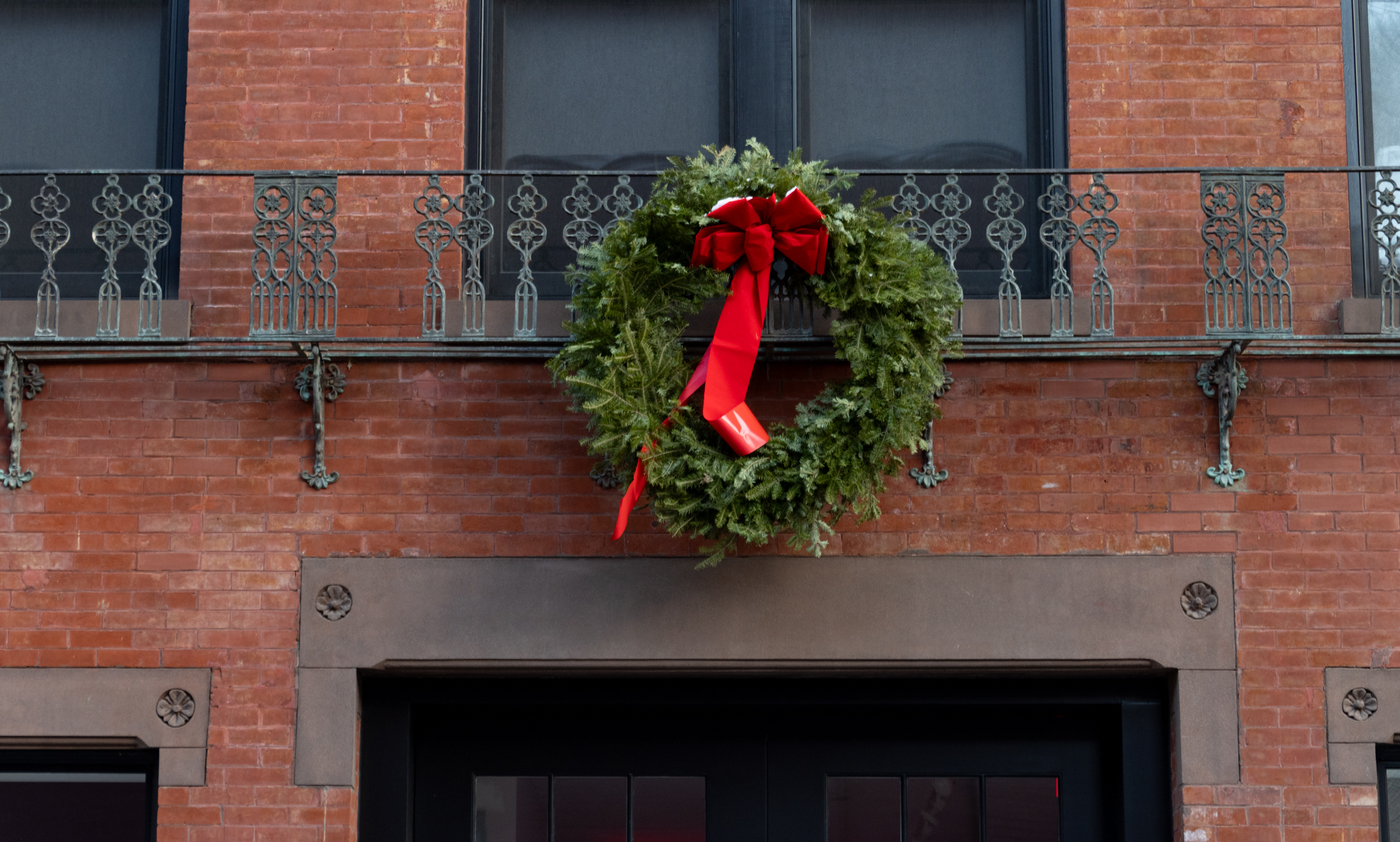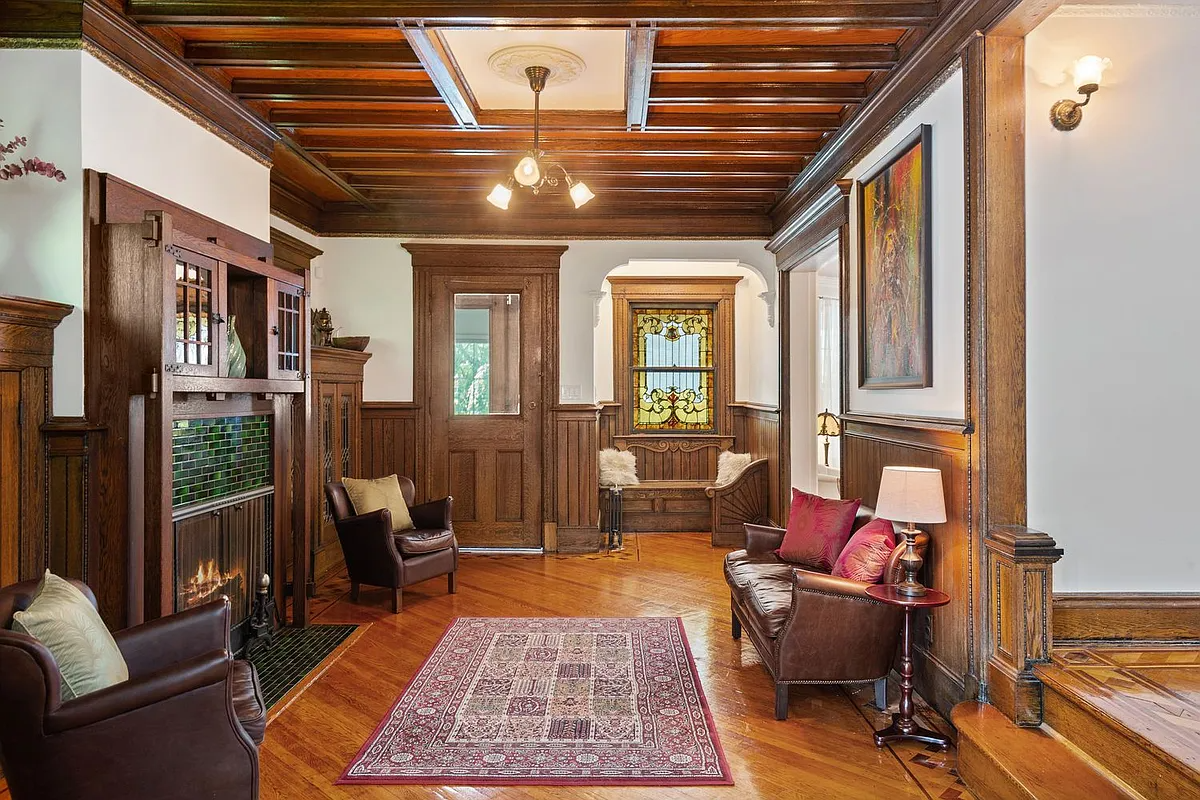Case Shiller Index: Negative Numbers Across the Board
Home prices in the New York City area in February fell 1.6 percent from January and about 10 percent from a year before, according to new numbers from the Case-Shiller Index. Those drops were relatively benign compared to some parts of the country: Las Vegas and San Francisco all experienced year-over-year declines of over 30…

 Home prices in the New York City area in February fell 1.6 percent from January and about 10 percent from a year before, according to new numbers from the Case-Shiller Index. Those drops were relatively benign compared to some parts of the country: Las Vegas and San Francisco all experienced year-over-year declines of over 30 percent while Phoenix achieved the distinction of being the first city to have its real estate values fall more than 50 percent from the 2006 peak. Some of the hardest hit regions have begun to show signs of stabilizing, as low prices, the proliferation of foreclosure sales and low interest rates have lured some buyers back to the table. Still, predictions for future declines across the country from so-called experts range from just 5 percent to as much as 33 percent. A chart from the Wall Street Journal of percentage changes in the nation’s 20 largest cities is on the jump.
Home prices in the New York City area in February fell 1.6 percent from January and about 10 percent from a year before, according to new numbers from the Case-Shiller Index. Those drops were relatively benign compared to some parts of the country: Las Vegas and San Francisco all experienced year-over-year declines of over 30 percent while Phoenix achieved the distinction of being the first city to have its real estate values fall more than 50 percent from the 2006 peak. Some of the hardest hit regions have begun to show signs of stabilizing, as low prices, the proliferation of foreclosure sales and low interest rates have lured some buyers back to the table. Still, predictions for future declines across the country from so-called experts range from just 5 percent to as much as 33 percent. A chart from the Wall Street Journal of percentage changes in the nation’s 20 largest cities is on the jump.
Phoenix Leads the Way Down in Home Prices [NY Times]
City Lags As Nation Hits Home Runs [NY Post]
A Look at Case-Shiller Numbers [WSJ]
NYC Price graph from The New York Times






“San Francisco proper is NOT down ANYWHERE around 44 percent.”
Not yet. Neither is the whole NY Metro area. Like I already said above, victorians will see half off. It’s a process, not an event.
I know exactly what I am talking about. It’s been the same in all cities. Buyers get priced out and push up the less expensive areas which are by and large the suburbs. Even the hoods get more pricey as gentrification displaces lower income residents out the the burbs. “Elite and tony corners” (Marin County, Los Altos Hills?) are the exception and make up a small percentage of the suburbs at large.
***Bid half off peak comps***
“Really? Prices have doubled (or more) in the past 5-6 years in Park Slope and Prospect Heights.”
Snark–I am specifically looking at the parabola of the various cities arcs in the Case Shiller graphic. Compared with many markets it appears (in that graphic) that the extremity of the bubble was less here.
Also, BHO you have no idea what you are talking about. The “boom” did not “start” in San Francisco and work its way into the suburbs. Prices have been skyrocketing in various elite and tony corners of the Bay Area, such as Palo Alto, Marin, San Francisco, and Atherton since Prop 13 passed in 1978.
Oh! It’s SFO metro! Arg! It’s the whole Bay Area! News flash! San Francisco proper is NOT down ANYWHERE around 44 percent. No way. Never never never never. The whole goddamn city moved home with their mothers in 2001 and prices WENT UP.
“Seems like NYC’s curve up wasn’t as extreme on the way up so why wouldn’t it be less extreme on the way down as well?”
Click on WSJ’s interactive graph. NYC looks just like San Fran.
“That San Francisco number is such baloney.”
Because it’s SF Metro. The boom started in SF proper where buyers were priced out, bought out in the suburbs and pushed priced up there as well. The collapse works in reverse, from the burbs back to the city. Those victorians will go for half off peak before it’s said and done.
***Bid half off peak comps***
Jackson Heights went up 40 percent in 2005. Isn’t that incredible?
But it was underpriced to start with. And hasn’t gone down all that much yet. Place could use a decent restaurant though.
That San Francisco number is such baloney. It must reflect new construction in really bad areas or something. Victorians are still $800,000 and up, and there are no one-bedroom apartments under $200,000.
> “the curve of the bubble was a lot less extreme.”
Really? Prices have doubled (or more) in the past 5-6 years in Park Slope and Prospect Heights.
Sounds pretty bubbly to me.
Seems like NYC’s curve up wasn’t as extreme on the way up so why wouldn’t it be less extreme on the way down as well?
BHO? Anyone? I don’t understand this index very well so I could obviously be reading this wrong but it seems like, despite the high prices of NYC, compared to many markets the curve of the bubble was a lot less extreme.